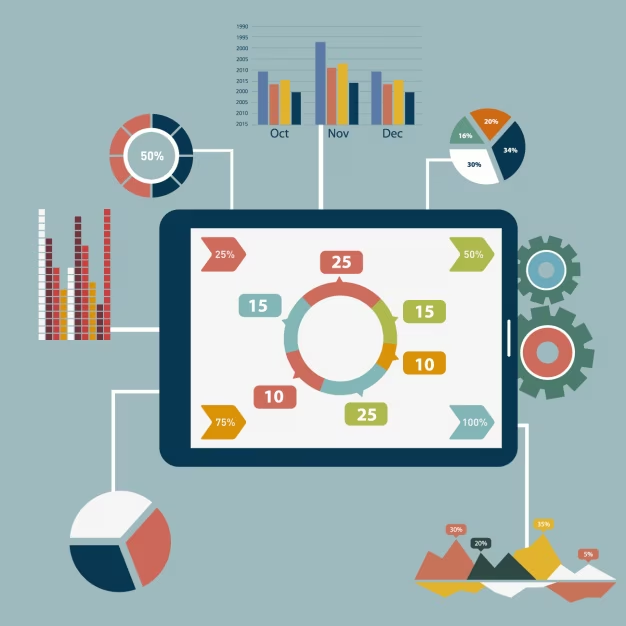
Why use synthetic tabular data?
-
Data Augmentation:
Synthetic data can increase the size and diversity of existing datasets, which can be helpful when real data is scarce or unbalanced.
-
Privacy:
It allows for the use of data without revealing sensitive information, complying with privacy regulations like GDPR and HIPAA.
-
Testing:
Synthetic data can be used to test software and algorithms without relying on real-world data.
-
Analytics:
It can be used to explore patterns, perform simulations, and gain insights without the concerns associated with real-world data.
How is synthetic tabular data generated?
-
Generative models:
Generative adversarial networks (GANs) are often used to learn the underlying structure and patterns of real data and then generate synthetic samples.
-
Rule-based approaches:
These methods use predefined rules and logic to create synthetic data.
-
Statistical models:
Statistical models like Gaussian Mixture Models (GMMs) can be used to capture the distribution of real data and generate samples from it.
-
Other methods:
Various other techniques like neural networks and simulations can also be used.
Examples of use cases:
-
Healthcare:
Synthetic data can be used to simulate patient data for developing and testing new treatment algorithms.
-
Finance:
Synthetic data can be used to study financial markets and test trading strategies.
-
Software testing:
Synthetic data can be used to test software under various conditions and ensure its reliability.
Key considerations:
-
Data quality:
Synthetic data should accurately reflect the statistical properties of real data.
-
Privacy:
Synthetic data should not reveal any sensitive information about the individuals or entities from whom the real data was derived.
-
Model performance:The generated synthetic data should be able to be used effectively by machine learning models.



